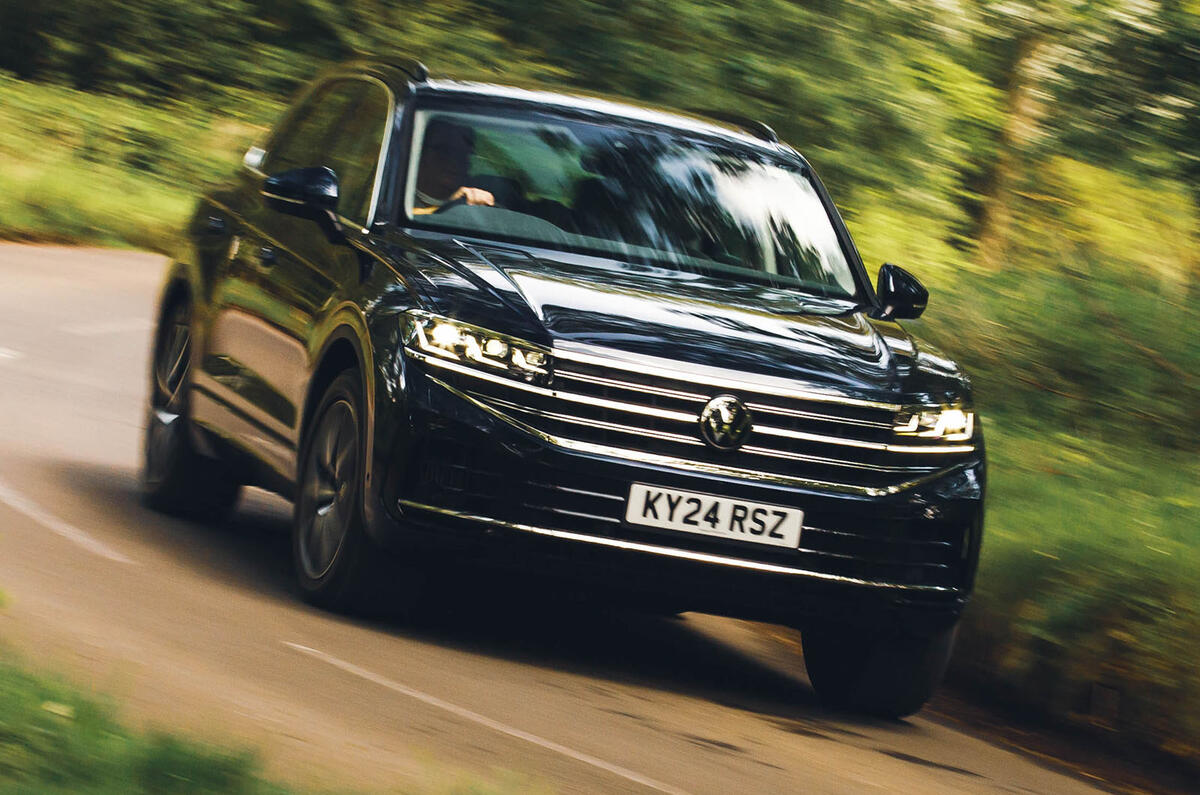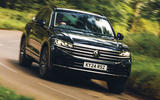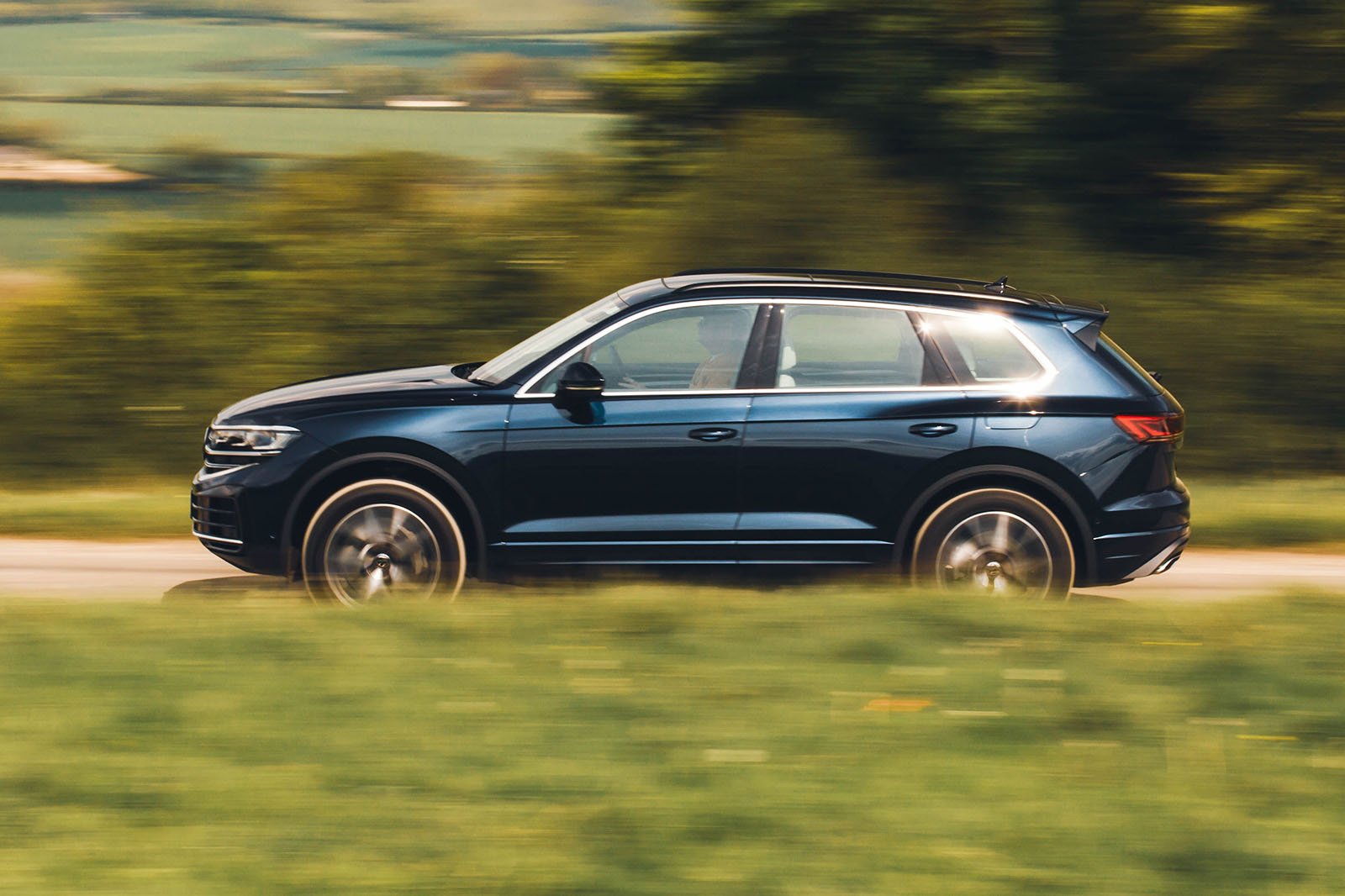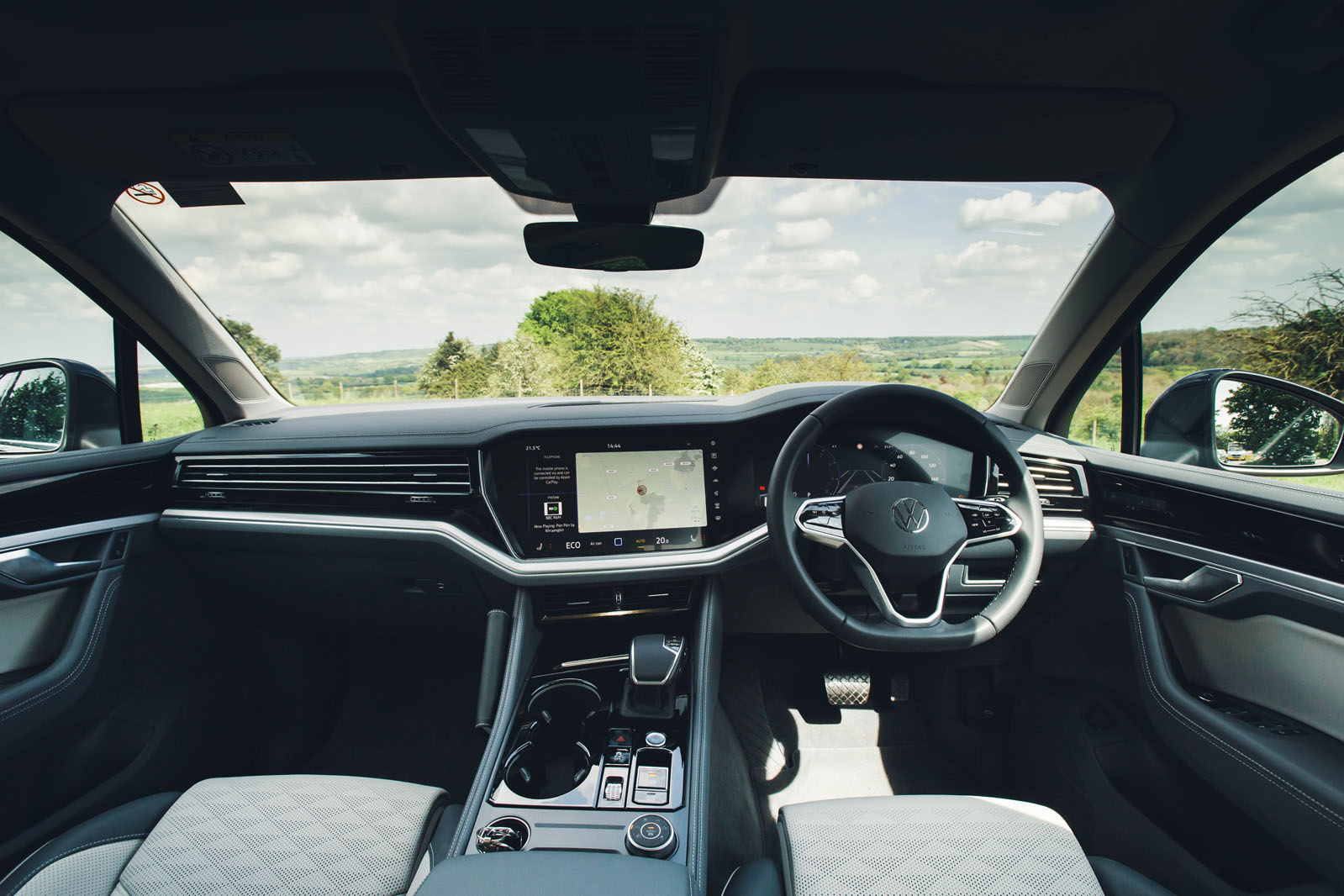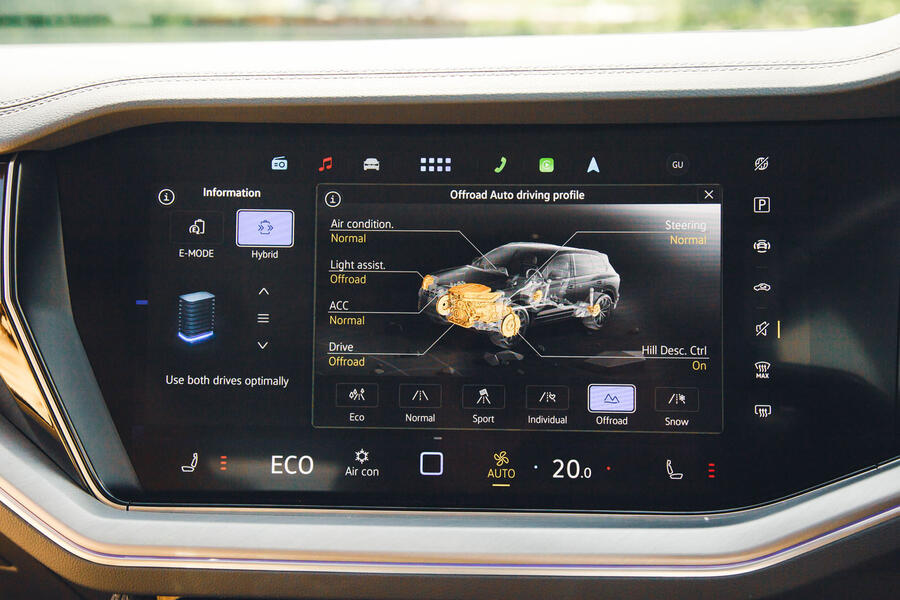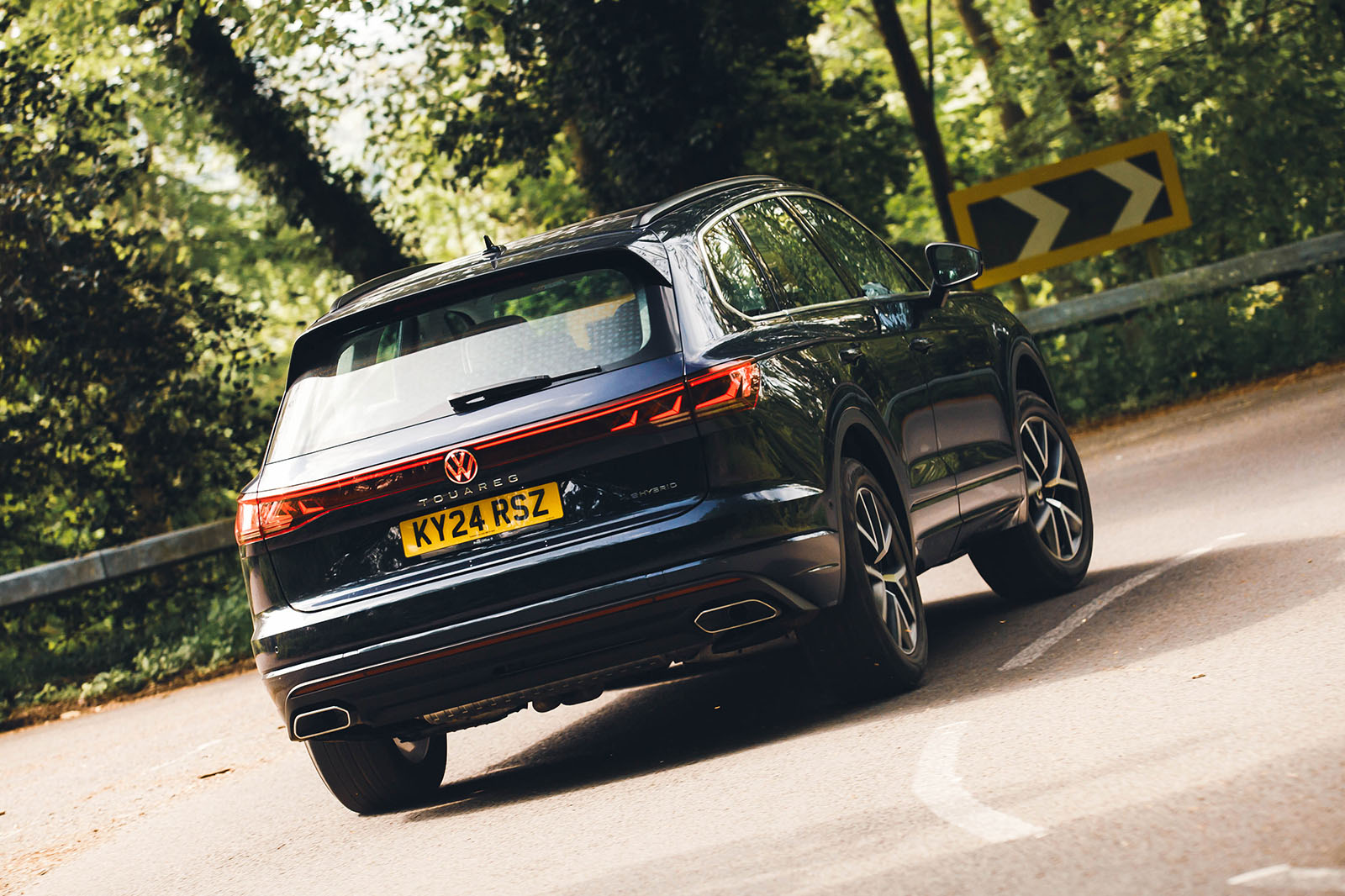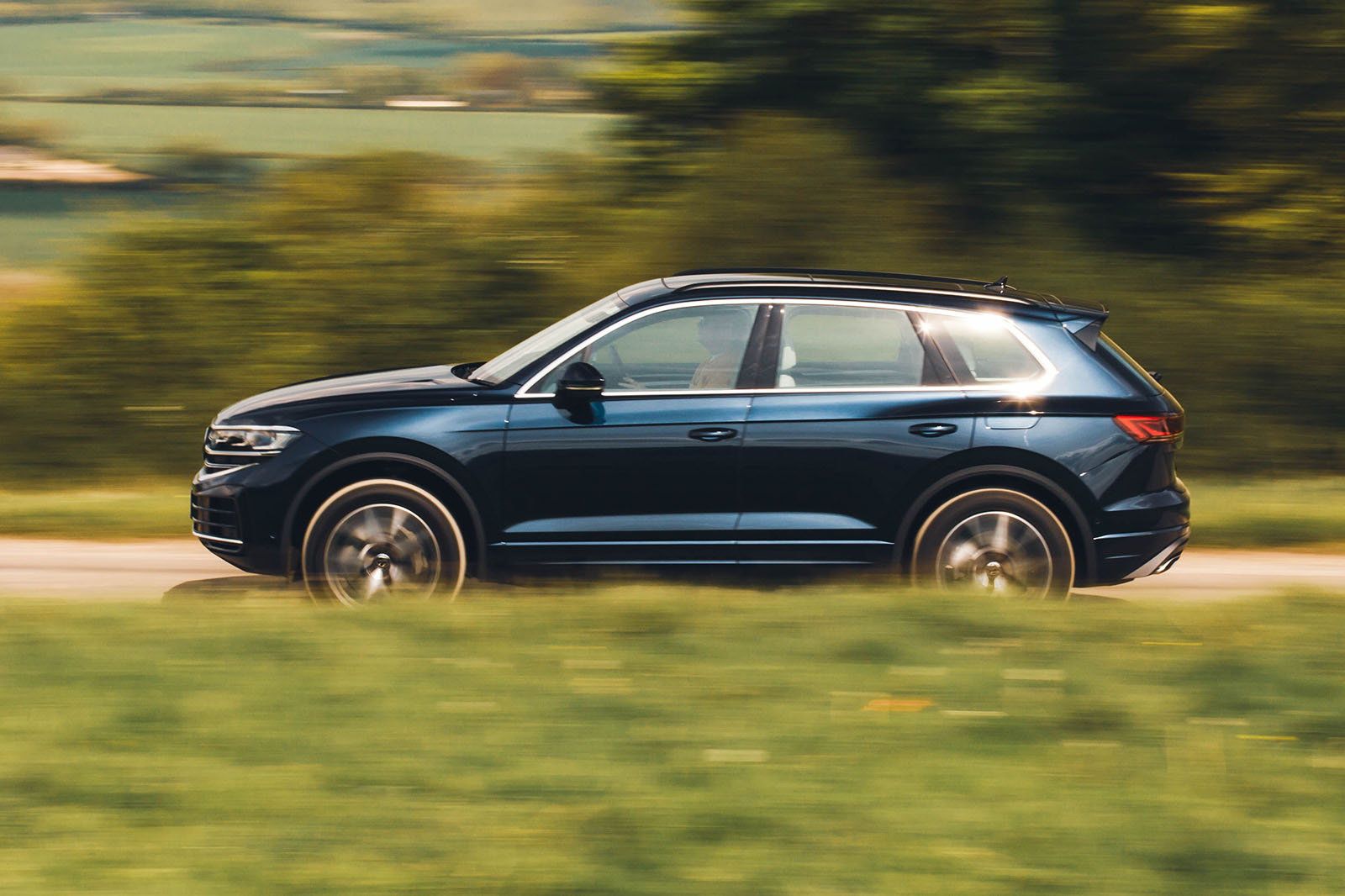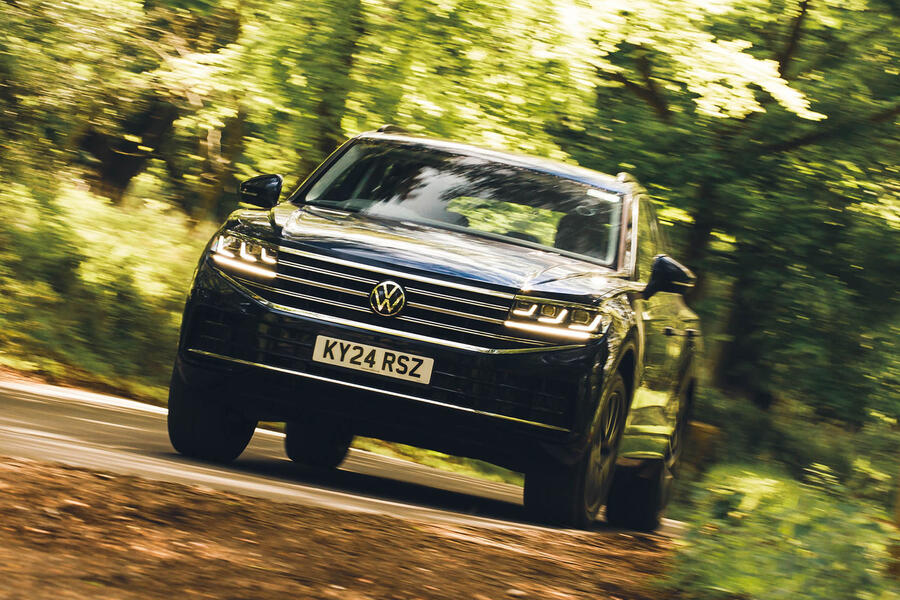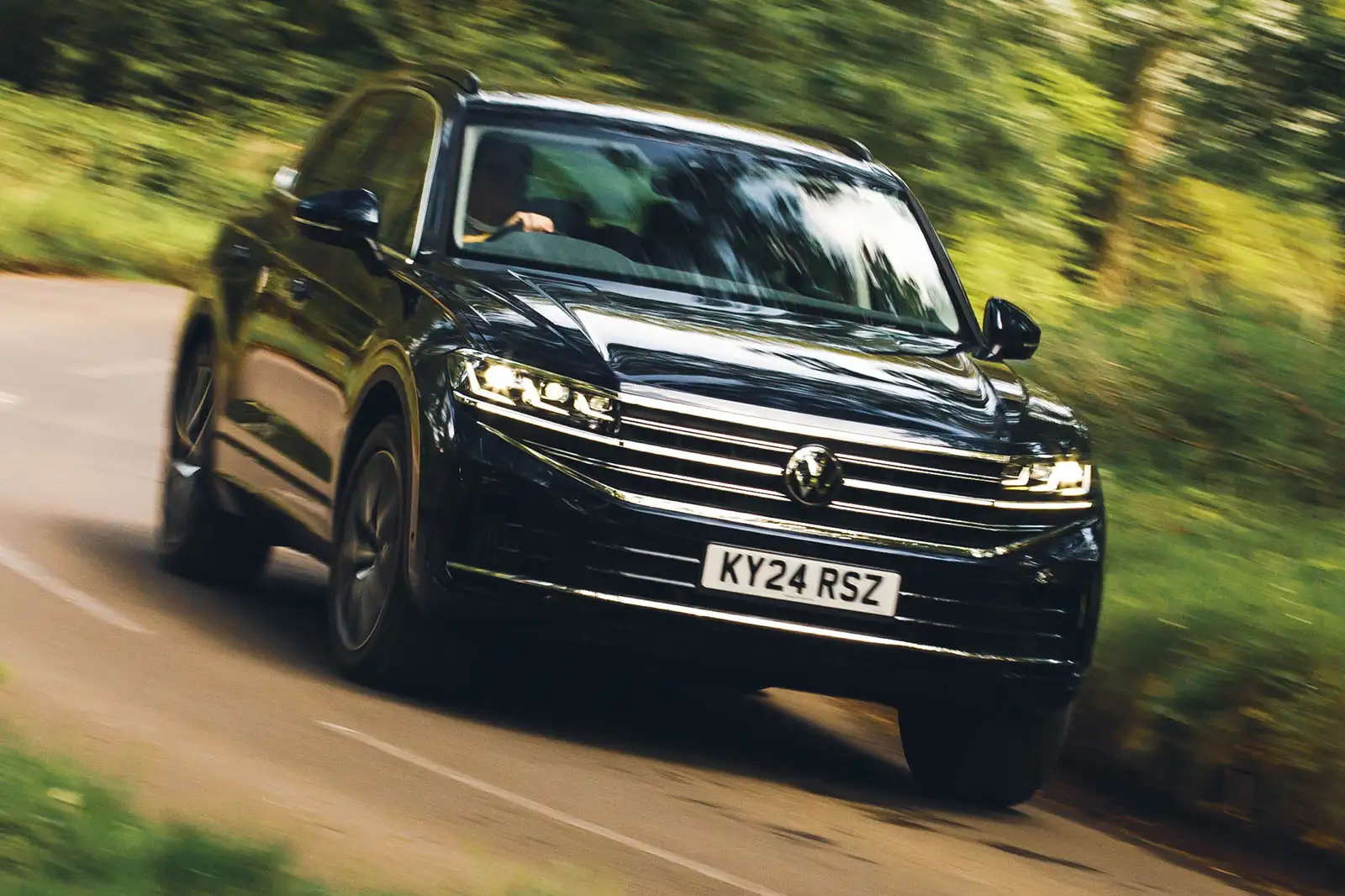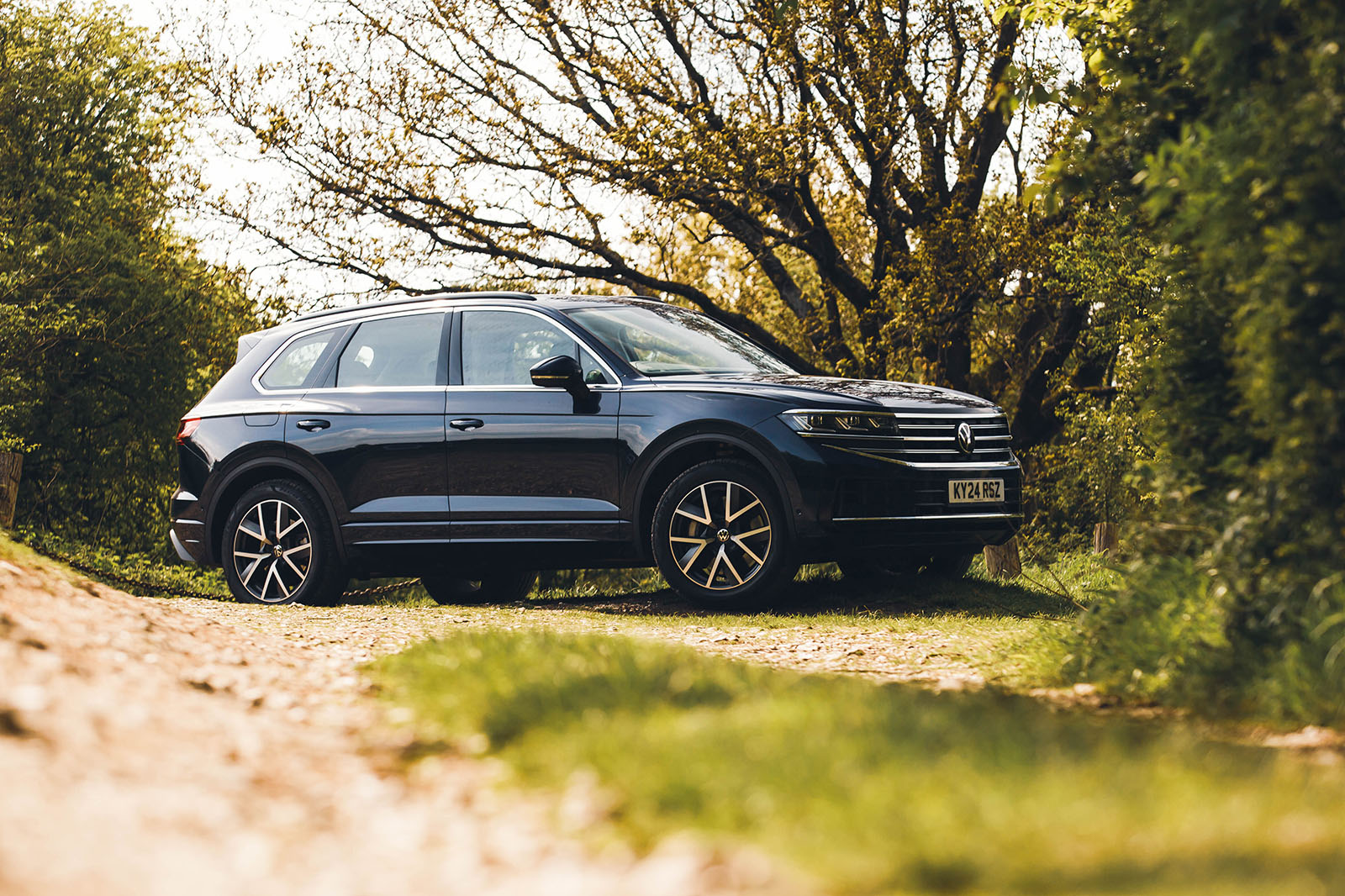The Volkswagen Touareg is a full-size sports utility vehicle of quite a particular sort. Now in its third decade, it has long been used as a technological testbed and demonstrator for its parent company, a little like the S-Class limousine once was by Mercedes-Benz and the A8 by Audi.
But despite that, and even though it has been available with some pretty immodest-sounding engines over the years, this remains a singularly humble, functional and understated kind of car – something much closer in character to a Land Rover Discovery or old-generation Volvo XC90 than the Porsche Cayenne or Audi Q7 to which it’s technically related.
At its height – when close to 100,000 examples a year were rolling off the Bratislava production lines and you could buy one with anything from a V6 diesel to a V10 TDI or even a petrol W12 – this car’s appeal was almost entirely defined by its mechanicals, what they could do (towing a Boeing 747 may spring to mind), where they could take you and how. The conferred status and kerbside allure of so many of today’s ‘aspirational’ SUVs could hardly be more different.
Now, with VW’s cheaper, American-built Atlas having moved in on its patch somewhat, the Touareg has a smaller part to play in the firm’s fortunes – but a no less important strategic role. And growth areas for the model still exist, as shown by this week’s road test subject: the eHybrid Elegance.
This derivative was added as part of a 2023 mid-life facelift. Plug-in hybrid power first came to the Touareg in 2021 in the guise of the range-topping R – and now this car becomes a second, cheaper PHEV that’s a bit more accessible for those wanting an alternative to diesel.



